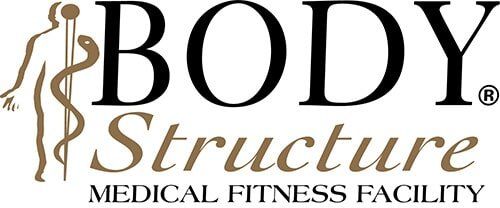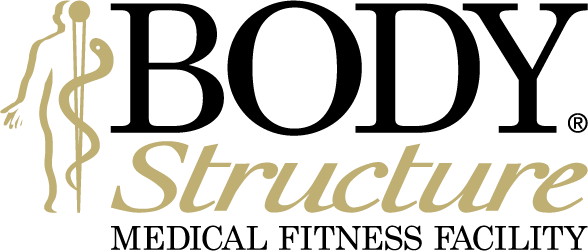Why Following the Blue Zones Diet Could Be Sabotaging Your Health—Especially if You're Over 40
Body Structure Medical Fitness and Physical Therapy

In recent years, the Blue Zones diet has gained popularity for promoting longevity based on the lifestyles of people in regions where many live past 100. While I respect the cultural insights the Blue Zones provide, particularly their emphasis on movement, community, and stress reduction, I believe there’s a fundamental issue with their dietary recommendations—particularly for those of us who want to optimize our health as we age. Let’s dive into why adopting a different approach might be a better path to vitality.
1. The Importance of High-Quality Protein as We Age One key principle of the Blue Zones diet is to limit meat consumption, often recommending eating it only a few times a month. This might have worked for people in specific environments, but the reality is, older adults require more protein to maintain muscle mass and recover from injuries. This is especially true for those who are active or undergoing rehabilitation.
- Complete Proteins: Unlike plant-based proteins, which are often incomplete and harder to absorb, meat provides complete proteins—essential for muscle maintenance, tissue repair, and overall vitality. Animal-based proteins like beef, fish, and eggs offer all nine essential amino acids, in a form that your body can efficiently use.
- Protein for Healing: For anyone recovering from injury, surgery, or even just trying to maintain strength, getting enough bioavailable protein from sources like meat is crucial. Restricting this can slow down recovery, particularly for older adults.
2. Why the Focus on Grains and Beans Could Be Harmful Blue Zones recommend that grains and beans make up the bulk of your diet. While these foods were staples in some traditional diets, today’s grains and legumes are far removed from their ancient counterparts—and for many people, relying on them as a primary source of nutrition can have negative health effects, particularly when it comes to metabolic health.
- Grains and Insulin Resistance: Many grains, especially highly processed ones, can cause blood sugar spikes and contribute to insulin resistance—a key factor in the development of metabolic syndrome, type 2 diabetes, and other chronic diseases. For those who want to maintain stable energy levels and support metabolic health, reducing grains (especially refined ones) is often a better approach.
- The Issue with Beans: While beans provide fiber and some plant protein, they also contain anti-nutrients like lectins and phytates, which can inhibit the absorption of important minerals like zinc and iron. For people looking to maximize their nutrient intake, especially as they age, animal-based foods are a more efficient source of these vital nutrients.
3. The Benefits of Low-Carb Shifting to a low-carb approach can have profound health benefits—especially when it comes to metabolic health, muscle preservation, and overall vitality. While the Blue Zones approach may work for some, it’s important to recognize that each person’s nutritional needs are different, particularly in modern life.
- Reduced Inflammation and Improved Metabolic Health: A low-carb diet has been shown to reduce inflammation and improve insulin sensitivity, leading to better energy levels, fat loss, and even a reduction in chronic disease markers. For those who are pre-diabetic or struggling with metabolic issues, reducing grains and sugars (even the complex kind) can help reset your body’s ability to manage blood sugar.
- Carnivore for Simplicity: Some people thrive on an even more restrictive approach, like the carnivore diet, which focuses exclusively on animal-based foods. This can be especially beneficial for those with autoimmune issues, digestive problems, or chronic inflammation. While it may sound extreme, the carnivore diet eliminates the anti-nutrients found in plant foods and focuses on nutrient-dense proteins and fats.
4. Listening to Your Body’s Needs While the Blue Zones diet has valuable insights, it’s not a one-size-fits-all solution—especially for those who need more protein for recovery or want to avoid the risks of metabolic disease. For many, increasing high-quality animal proteins and reducing reliance on grains and legumes can lead to better health outcomes, particularly as we age.
Conclusion: The Blue Zones approach offers some interesting lifestyle tips, but when it comes to nutrition, particularly for those focused on healing, recovery, and metabolic health, there’s strong evidence that prioritizing animal-based proteins and minimizing grains and legumes may offer more benefits. The key is to focus on nutrient-dense, whole foods that support your body’s needs—especially as you get older.






















